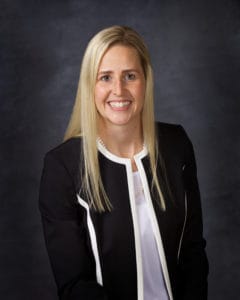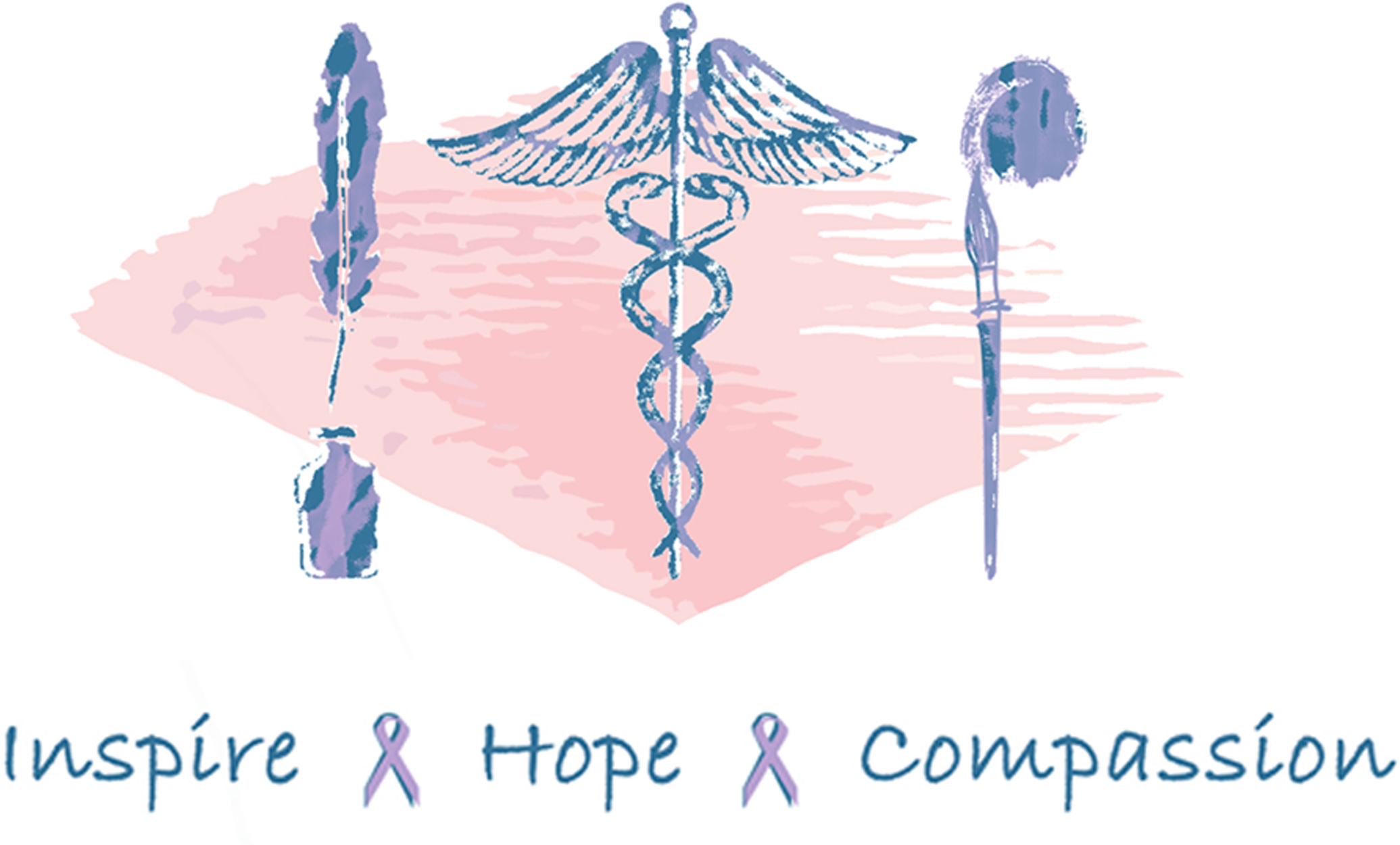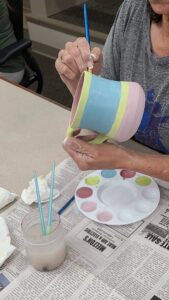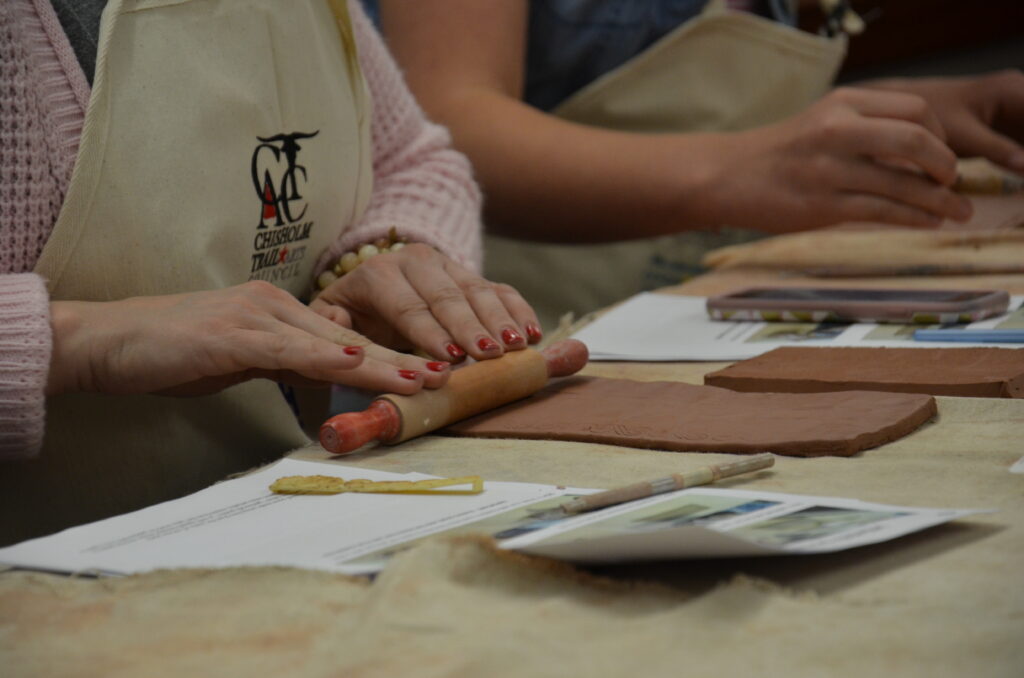
Happy New Year! New Year’s Day is traditionally ground zero for self-reflection and resolutions. We already know that we can increase our likelihood of success by about 50% in meeting a goal if we just establish one. Most common individual resolutions are superficial in nature and are to start, stop, increase, decrease, or improve something about ourselves, but it’s rarely internal. What if it is this time? What if our greatest need for change that just can’t be ignored anymore is rooted in our own mental health? We find our mental health often neglected indirectly because we usually find it much easier and safer to choose more superficial, feel-good quick resolutions to address than considering some of those deeper, more sensitive, interpersonal, and emotional issues we’ve carried with us for decades. If this is you, and you are ready to make your mental health a priority this year, here are some answers to some common questions most have before they decide to consider therapy for themselves…
What is “therapy?” Therapy is education, support, and assistance for issues, behaviors, behavioral reactions, functioning, psychological disorders, and/or various interventions from a safe, private, impartial setting. It’s a myth to think it’s just for the “crazy,” or “weak.” It’s for everyone, anyone, and for any reason.
What is a therapist? A ‘regular person’ who likes helping others, but is educated in psychology, behaviors, therapeutic approaches, and other areas who entered a helping field. A professional bound by standards of ethics and conduct who cares listens, and provides feedback in a healthy, safe place without drama, taking sides, judgment, shame, or negativity. Some have graduate degrees, some have doctoral degrees. Some are specialists in certain therapeutic approaches, areas of focus, or disorders. Some can prescribe medication and some can’t.
Why seek therapy? Therapy can help with gaining a better understanding of life, themselves, or what they do and why. Others want to address problems with the past, relationships, emotions, behaviors, trauma, making difficult choices, address life changes, or how to promote self-improvement.
Is it worth it? The value of therapy is different for everyone. It doesn’t work for everyone, but it does for most. It’s better to go and find out it’s not helpful than to avoid it and really need it.
Is it safe? All content is confidential and protected by laws and statutes. Therapists are bound by very high ethical and moral statutes and guidelines and can face criminal prosecution, incarceration, license forfeiture, expensive fines, or a combination of repercussions for any violations.
Are there different kinds of therapy? Yes. Some therapists carry specific credentials for certain kinds of therapeutic approaches or areas of focus, but most start by using an approach called CBT (Cognitive Behavior Therapy) which focuses on patterns of behavior, thinking, and developing effective coping skills. Sessions start with a weekly frequency, then may spread out to bi-monthly later depending on areas of focus and approaches used. Session length usually lasts 30-90 minutes but is often scheduled for 60 minutes. Most clients see a therapist 3-6 months on average or until their desired goals are met.
Is therapy expensive? Yes and no. A specialist or a specialized type of therapy may cost more. Private pay therapy is usually more expensive because you’re paying the entire fee instead of a portion called a co-pay, or the part that isn’t covered by your insurance. Some employers have an “Employee Assistance Program” that covers a certain amount of sessions, and not all insurance companies cover mental health counseling. Many agencies have “sliding fee scales” or payment plans available for those with financial limitations who qualify.
How do I know if my therapist is a good one? This varies widely. However, most “good” therapists will share these qualities: They are patient, empathetic, relatable, listen, flexible, genuine, realistic, observant, knowledgeable, participative, ask questions, provide feedback, motivational, challenging, hold you accountable, accept constructive criticism, and committed to your progress. Good therapy shares these qualities: it identifies issues, has specific goals and objectives, is relevant to the client, is realistic, is useful, is challenging, is client-centered, measures progress, provides purpose for the need for change, and rewards progress.
Shawn Roberts, LPC
Duncan Medical Associates









